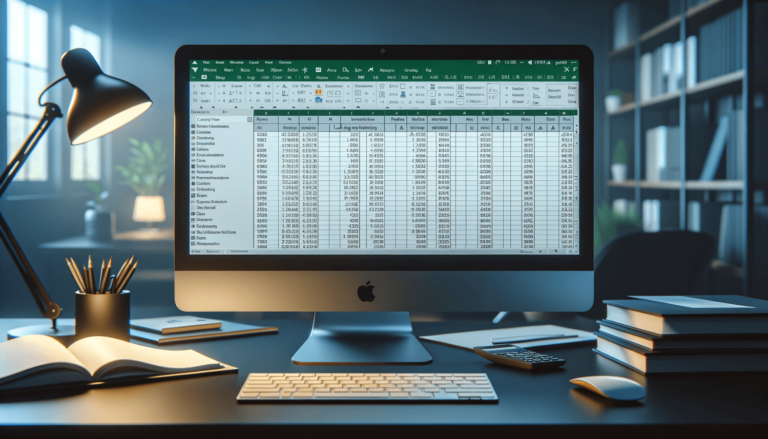5 Ways to Find Common Cells in Excel Sheets

Identifying common cells between different Excel sheets or workbooks is a common task for data analysis, consolidation, or audit purposes. In this comprehensive guide, we'll explore five effective methods to help you find and highlight common cells efficiently using Microsoft Excel.
Using the VLOOKUP Function

The VLOOKUP (Vertical Lookup) function in Excel is one of the simplest tools to find matches between datasets. Here’s how you can use it:
- Select the cell where you want the matched value to appear.
- Enter the VLOOKUP formula: =VLOOKUP(lookup_value, table_array, col_index_num, [range_lookup])
- lookup_value: The value to search for.
- table_array: The range of cells that contains the data.
- col_index_num: The column number in the table from which to retrieve the value.
- range_lookup: TRUE for an approximate match or FALSE for an exact match.
If you want to look up ‘Apple’ in Sheet2, column A, and return a value from Sheet2, column B:
=VLOOKUP(“Apple”, Sheet2!A:B, 2, FALSE)
⚠️ Note: VLOOKUP searches from left to right, so your lookup value must be in the first column of the table_array.
Conditional Formatting for Visual Identification

Conditional Formatting offers a visual way to find common cells across sheets:
- Select the range in the first sheet you want to compare.
- Go to ‘Home’ > ‘Conditional Formatting’ > ‘New Rule’.
- Choose ‘Use a formula to determine which cells to format.’
- Use a formula like:
=ISERROR(VLOOKUP(A1,Sheet2!A:A,1,FALSE))to highlight unmatched cells.
| Excel Command | Description |
|---|---|
| New Rule | To set up a new conditional formatting rule |
| VLOOKUP | Used in the formula to find if a cell from one sheet exists in another |

🔍 Note: To find common cells, you might want to reverse the logic by highlighting matched cells instead.
Array Formulas with MATCH

Array formulas can perform bulk operations. Here’s how you can use the MATCH function to find common values:
- Select the cell where the results will appear.
- Press Ctrl+Shift+Enter instead of Enter after entering an array formula.
- Type the formula:
=IF(ISNUMBER(MATCH(A1:A10,Sheet2!A1:A10,0)), “Common”, “Not Common”)
Power Query for Advanced Data Manipulation

Power Query (or Get & Transform in newer Excel versions) offers robust tools for data manipulation:
- Go to ‘Data’ > ‘Get Data’ > ‘From File’ > ‘From Workbook’.
- Load the data from both sheets into Power Query.
- Use ‘Merge Queries’ to find matches based on columns from both sheets.
Using Excel’s Advanced Filter

Advanced Filter allows for unique operations without the need for complex formulas:
- Select your data range and go to ‘Data’ > ‘Filter’ > ‘Advanced’.
- In the ‘Copy to another location’ option, set the list range and criteria range.
- Use the formula
=AND(Sheet1!A1:A10=“”)to filter out non-common values.
🚫 Note: Ensure that data in both sheets is formatted similarly for accurate filtering.
To summarize, we've explored five different techniques for finding common cells in Excel:
- VLOOKUP function for basic lookups.
- Conditional Formatting to visually identify matches.
- Array Formulas with MATCH for bulk comparisons.
- Power Query for advanced data manipulation.
- Advanced Filter for specific data operations.
Each method has its unique advantages, depending on the size of your dataset, the complexity of your analysis, and your familiarity with Excel functions. By mastering these techniques, you can streamline your data comparison tasks and enhance your productivity when working with large datasets.
Can I use VLOOKUP with approximate matches to find common cells?

+
VLOOKUP is typically used for exact matches when looking for common cells. However, if you set the range_lookup parameter to TRUE, it will perform an approximate match, which might not be as precise for identifying common cells.
Is it necessary to sort data before using Advanced Filter?

+
No, Advanced Filter does not require your data to be sorted before application. However, sorting can sometimes make it easier to visually confirm the results of the filter operation.
Can Power Query handle more than two sheets at once?

+
Yes, Power Query can manage data from multiple sheets or even different workbooks simultaneously. It’s especially useful for combining and comparing datasets from various sources.



